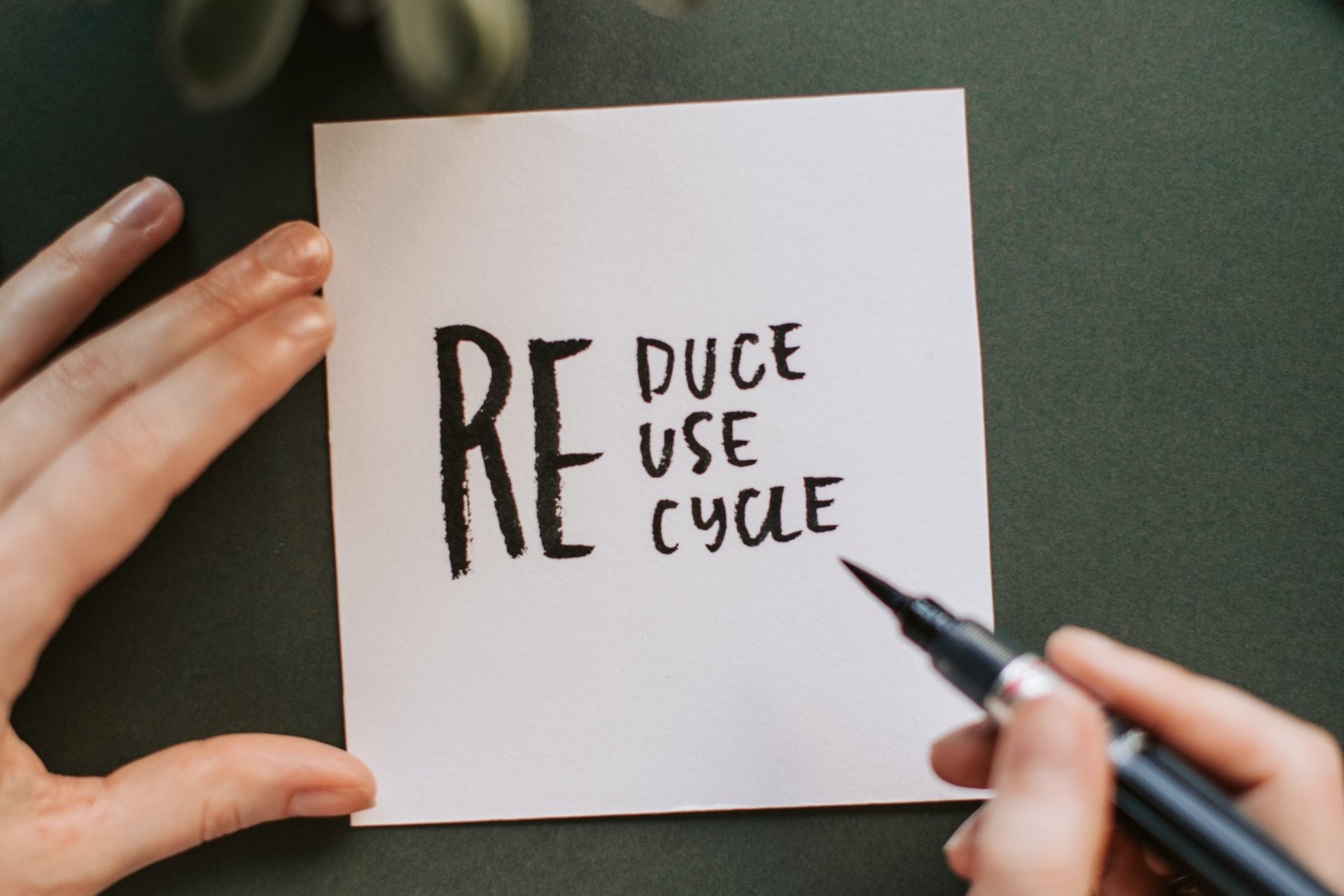
How Much Recycling Actually Gets Recycled?
We are reader-supported. When you buy through links on our site, we may earn affiliate commission.
Serious about recycling? You might be in for a shock. Not all recycling actually gets recycled.
It would be a dream come true if every item you diligently place into the recycling bin rather than throwing it in the trash can went through the recycling process. However, it seems as if recycling, especially in the United States, is broken.
If you don’t recycle or are thinking of recycling, this is good information for you to learn as well. You should continue to recycle, but being aware of the recycling system’s issues allows you to help think of solutions rather than unknowingly contributing to a problem.
How much recycling actually gets recycled, then? Read on to find out.
What Is Recycling?
The recycling process involves collecting and processing items that you would generally throw into the trash to go to the landfill. Once the items are collected, they’re turned into new products.
While in writing the process seems simple, it becomes very involved. Not all items that would go in the trash can be recycled. Plus, these items have to be sorted.
However, the average household recycler’s job is relatively easy to grasp. You can get a recycling bin from your local recycling or waste management center and become informed about what you can or cannot recycle. There are a few ways recyclables are collected — curbside pickup, drop-off centers or refund programs. Then they’re sent to the recycling center to be sorted, cleaned and eventually, processed into other materials.
What Can Be Recycled?
When recycling, you have to be careful of what you’re placing in the bin. Not every item is meant to be recycled or can be recycled.
You’ll want to check your local recycling center for a complete list of things you can recycle there, but here’s a list of some typical recyclables to get started:
- Paper: Many Americans recycle paper, especially office buildings where they use a lot of it each day. Paper is used to make other paper, saving trees. Other paper products, like gift wrap or gift bags, usually cannot be recycled, but there are gift wraps made of recycled paper. Opt for recycled paper over others that cannot be recycled.
- Plastic: Americans have a plastic problem. In 2018, just over eight percent of the recyclable plastic was recycled, which isn’t much at all. Not all plastics can be recycled, so if you’re unsure, ask your local recycling center.
- Batteries: You can usually recycle dry-cell batteries. These include the typical ones you use for electronics, like AAA, AA, A, C and D. Some rechargeable batteries can go to the recycling center.
- Tires: When you get your tires changed, recycle the old ones. Most auto shops are required to keep your old tires and recycle them. Tires are often shredded for padding, like in parks.
- Glass: Glass is one of those items that you can recycle repeatedly. Food and beverage glass containers are typically safe to be recycled.
- Used Oil: Instead of dumping used motor oil down the drain, take it to a garage or auto store to have it recycled.
You can recycle other materials as well, but this is a good list to keep in mind. Instead of putting these items in the trash, recycle them.
How Much Recycling Actually Gets Recycled?
Although many people throughout the United States diligently recycle, many of the items never actually complete the recycling process. Recycling just isn’t working in the United States.
Often, recyclables become contaminated after they’re put in the bin. Some people put items in that aren’t meant to be recycled. These are things like plastic straws, eating utensils and food containers. In that case, the items end up in the landfill anyways — which adds extra energy to get the items from the recycling center to the dump. Other times, food items may still be left in a plastic container, which prevents the item from being recyclable.
One of the main reasons why not all recycling gets recycled is because of China’s ban on U.S. recycling products. A few years ago, the U.S. sent tons of waste to China since China was booming on the recycling end. However, once the recyclables arrived, much of them were contaminated, so all of the materials sent were never recycled. They just polluted China.
After the ban, the U.S. sent its recyclables to other countries. Still, anywhere up to 70 percent of those materials don’t end up being recycled anyways. Thus, it ends up being more expensive for the U.S. to recycle rather than send waste to the landfill. Funding is needed to recycle, but most government funds go to other sectors.
The recycling process is still quite broken in the U.S. In 2017, out of all of the waste generated, only about one-third was recycled. The only real solution is to create a better domestic recycling system. Having separate containers for different types of waste will help. Plus, education, legislation and incentives or penalties on consumers’ part can help people better recycle.
Recycle — It’s Important
Despite the lack of funding and the lack of recyclables that get recycled, you should still participate in this important environmental duty. It reduces the amount of waste that goes to landfills, conserves natural materials, helps prevent pollution, creates jobs and saves energy. It’s easy to get started, and everyone can participate!
Share on
Like what you read? Join other Environment.co readers!
Get the latest updates on our planet by subscribing to the Environment.co newsletter!
About the author

Jane Marsh
Starting from an early age, Jane Marsh loved all animals and became a budding environmentalist. Now, Jane works as the Editor-in-Chief of Environment.co where she covers topics related to climate policy, renewable energy, the food industry, and more.





